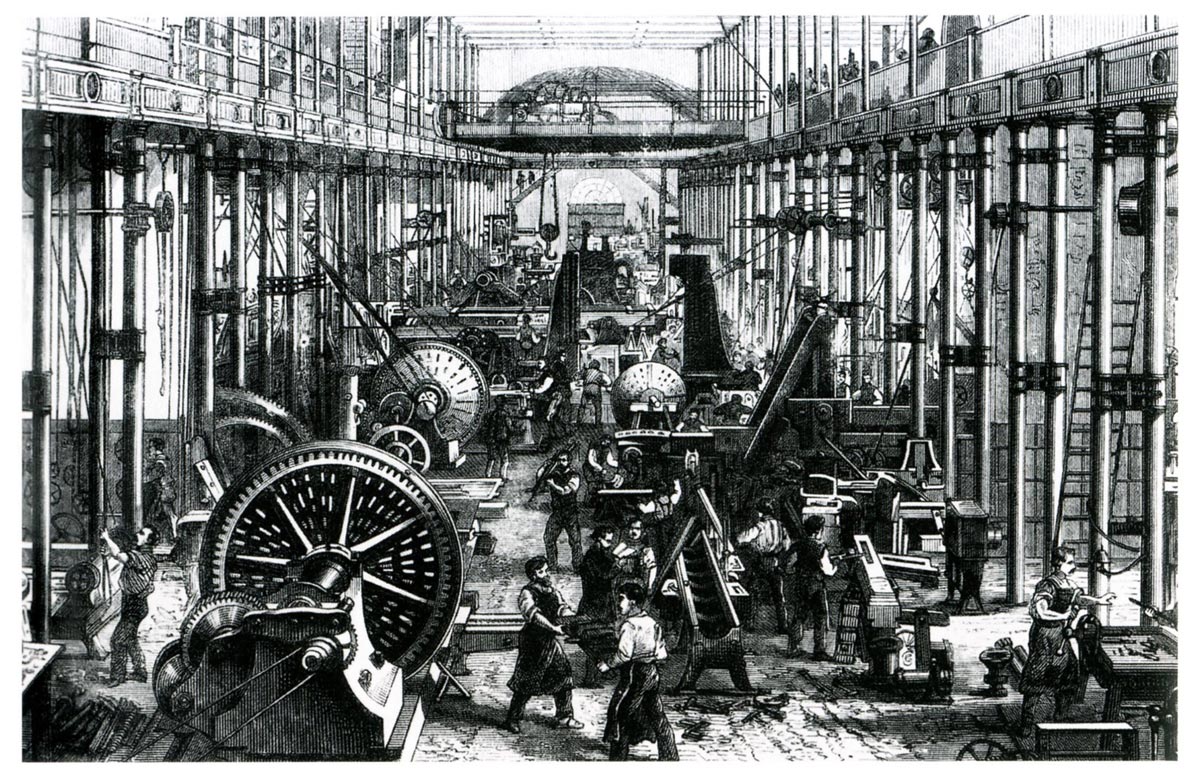Word Count: 849
Read Time: 4 min.
Nations declaring a state of emergency, countries’ economies stopping, stock markets collapsing, supermarket food shelves empty, people protecting themselves with masks, and a newly mutated pandemic virus rapidly expanding among humanity.
As Freddy Mercury (Queen) so eloquently inquired… Is this the real life? Is this just fantasy?
Perhaps we should have paid more attention to movies like I Am Legend, 28 Weeks Later, and Contagion. Are these films a prediction of our future? If so, how did they know about COVID-19? Is this it, the apocalypse? Did Will Smith, Robert Carlyle, and Matt Damon not wash their hands in those movies?
To me, it does not seem like the world is ending. Frankly, it looks like a beautiful Monday morning. I am sitting on the porch of my house, and let me tell you, the sunshine and the fresh air are delightful! I think I can get used to this dynamic of working from home, don’t you?
It almost feels like going back to our basics. Think of this…we have only been gathering to work in centralized places for 260 years. When you put that into perspective, 260 years is not even 0.1% of humans’ working history. Home-based work is an old method.
Let’s look back a few years…
1.4 million years ago
When a subspecies of the Homo erectus, Homo ergaster, was walking on the surface of the earth, a distinction between the living space and the working space did not exist. However, paleoanthropologists commonly refer to this specimen as the “working man” due to their utilization of advanced tools for hunting and living. Some tools discovered were hand-axes and cleavers (a cutting tool), thus allowing the Homo ergaster to combine work and life in the same place.
1,500 years ago
During the Medieval time, the “dwelling” (building where people live in) and “workplace” (building where people work in) were combined. In England, a typical merchant home was a combination of workshop and living area. As strange as it may sound now, at that time, it was common to find a customer eating and drinking with the family in a central hall. The trading life and family life happened in a few multipurpose rooms.
400 years ago
Even though time kept passing by and lifestyles continued to change through the seventeenth- and eighteenth-century, homeworking was still standard practice. In this period, the houses followed a particular architectural design referred to as ‘longhouse’. This structure consisted of a building with a kitchen and spinning/weaving/dressmaking workshop, bedroom, and dairy, dining room, butchery, tannery, and byre (cowshed). Some of these work homes still exist today. You can spot them by their large distinctive windows that provided enough sunlight for merchants to trade during the day.
260 years ago
Around 1760, workers started to concentrate on factories to perform their work. The reason for the centralization of the workplace was the innovative utilization of large and heavy machinery in production processes. The creation of factories as places of work also led to establishing working shifts, which later on evolved into our well-known current 9-to-5 working schedule.

70 years ago
Since most men worked at factories, the ‘working from home’ concept changed to be more female-oriented. The female-focused at-home jobs primarily centered around domestic duties such as cooking, babysitting, or sewing. During WWII, many women went to work in factories and mills to fill the roles vacated by men who had gone to war. Post-WWII, when the men returned to the factories, most women returned to the home. Some opportunities for women to work from home included Avon hiring women to go door to door in the 1800’s and the invention of Tupperware in 1946. Tupperware parties were the social hit of the moment.
30 years ago
By the 90s, telecommuting was an “emerging” hot topic. Organizations and companies started allowing employees to work remotely from outside the office, typically meaning home, a library or coffee shop. Many academic and business journals wrote about the benefits of telecommuting including the reduction in transportation cost, quality increase in work and morale, and even a better balance between life and work demands. In 1996, the U.S. government launched a National Telecommunication Initiative to take advantage of the benefits.
Today
Currently, technology’s progress allows us to take full advantage of remote working. With tools such as personal laptops, smartphones, 5G internet speed, video call software, and a Spotify account, homeworking has never been easier. According to a poll run by Global Workplace Analytics, 62% of employees stated they could work remotely during the COVID-19 crisis. The work-at-home rate has increased by 173% since 2005, and without a doubt, this pandemic would speed up its development and expansion.
Does this mean I would have the chance to sit and work from my porch more often?
I hope so.
Santiago Ambriggio
M.B.A. Candidate, Charles Snipes School of Business
Lenoir-Rhyne University